Description
Laboratories
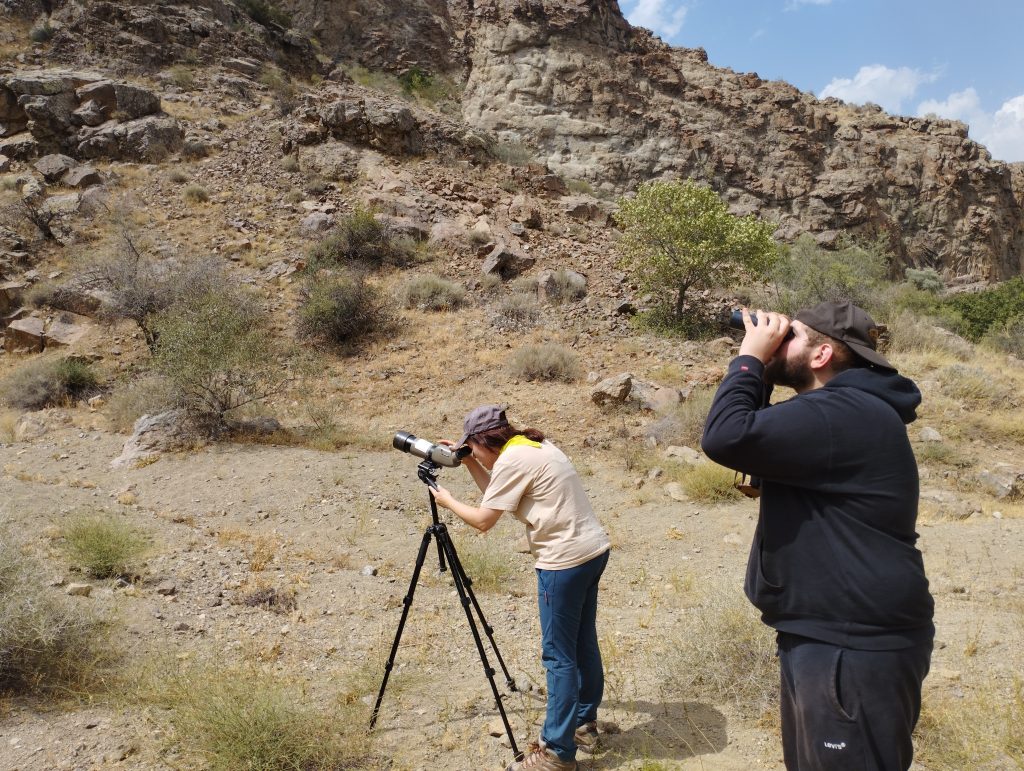
Vertebrate Laboratory
The Laboratory of Zoology of Vertebrate Animals was founded in 1943.At the core of the studies are the ecology of mammals, birds, reptiles and amphibians, fauna and the effects of various factors on them, and the development of methods for the protection of species and habitats. The laboratory’s group of paleontologists conducts scientific research in social paleontology, Holocene theriofauna, osteology and morphology of mammals and birds. Zoological and paleontological collections are made. Laboratory employees are involved in the registration of game species, the determination of hunting measures and dates, and the studies of conflicts between different animal species with humans. Breeding of rare and endangered species in captivity is also carried out.
Head of the lab: Mamikon Ghasabyan
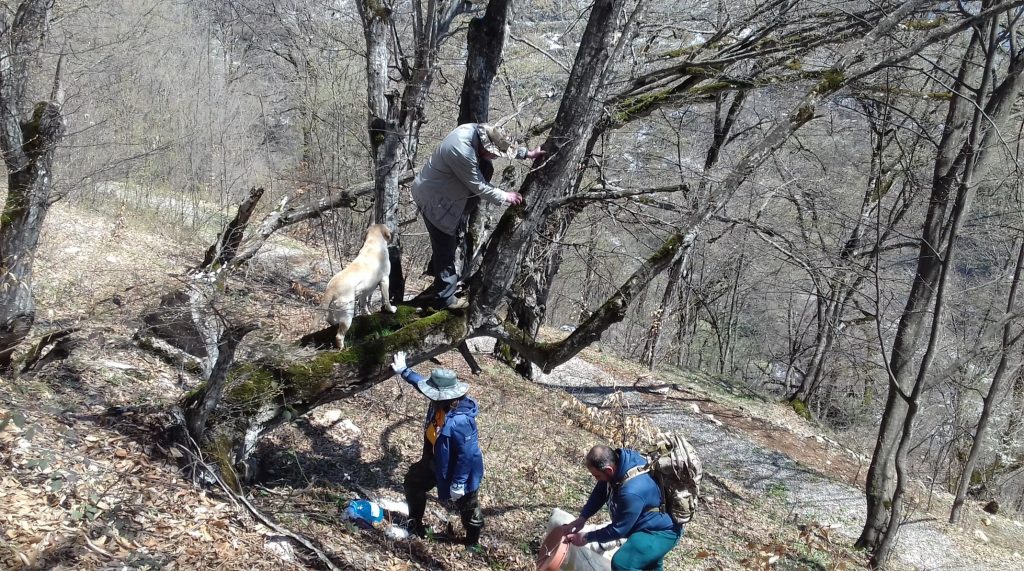
Laboratory of Entomology and Soil Zoology
The Entomology Laboratory was established in the 1940s and merged with the Soil Zoology Laboratory in the 1990s.
Laboratory staff research the fauna, taxonomy and ecology of insects in Armenia. The focus of research is on orthopterans, beetles, some lepidopterans, hemipterans, dipterans and other groups. The results of the studies contribute both to the identification of the characteristics of various pests for agriculture, as well as to the clarification of the RA biodiversity and the development of conservation measures. Laboratory specialists are actively involved in the preparation of the RA Red Book. Currently, faunistic studies are expanding with the use of cytogenetic and molecular methods.
Head of the lab: Mark Kalashian

Laboratory of general helminthology and parasitology named after
Academician S.H. Movsesyan of NAS RA
The laboratory was established in 1994. on the basis of two laboratories, in which the group of phytohelminthologists was also included.
The laboratory deals with animal and plant parasitofauna and parasitic diseases of Armenia. About 900 species of parasitic worms of plants, wild and domestic animals have been described. The ways of circulation of helminths, the most dangerous for humans and animals, their ecological and biological features, and the relationship between parasite and host were investigated.
Head of the lab: Marine Vardanyan
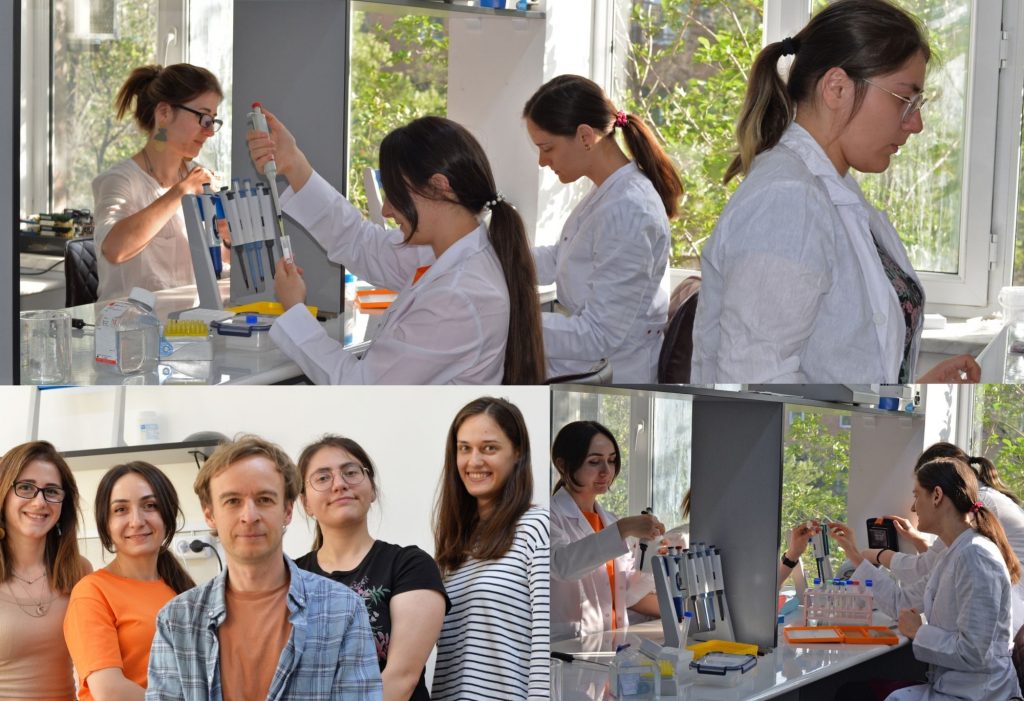
Laboratory of Experimental Zoology
In 2022, the laboratory underwent reorganization, modeling itself after the Genetics laboratory. This laboratory primary focus in scientific research revolves around the exploration of biodiversity, taxonomy, morphology, ecology, evolution, and genetics, encompassing both invertebrates and vertebrates, as well as the parasitic fauna found in animals and plants. The research team members are actively engaged in the development of biological control methods and also play a significant role in training Zoology specialists.
Head of the lab: Victor Spangenberg
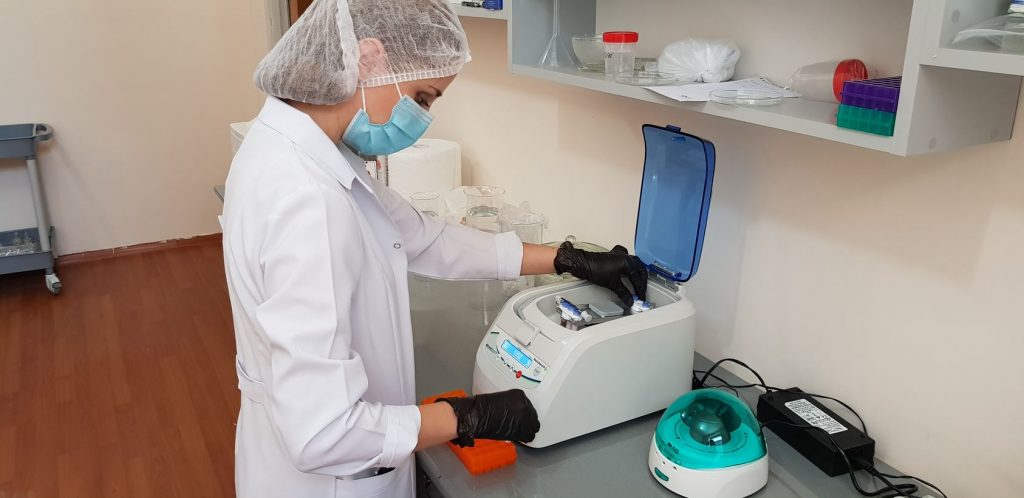
Molecular Parasitology Laboratory
The laboratory was established on the basis of the Molecular Parasitology scientific group in 2022. The research primarily addresses parasitic zoonoses and their epidemiology, focusing on the species diversity of arthropods and the
pathogens they transmit. The laboratory is dedicated to advancing molecular-genetic and immunological diagnostic methods. In addition, it develops science-based recommendations for the prevention and control of zoonoses that pose risks to both veterinary and public health. The laboratory also organizes educational and training programs to enhance expertise in these key areas.
Head of the lab: Hasmik Gevorgyan
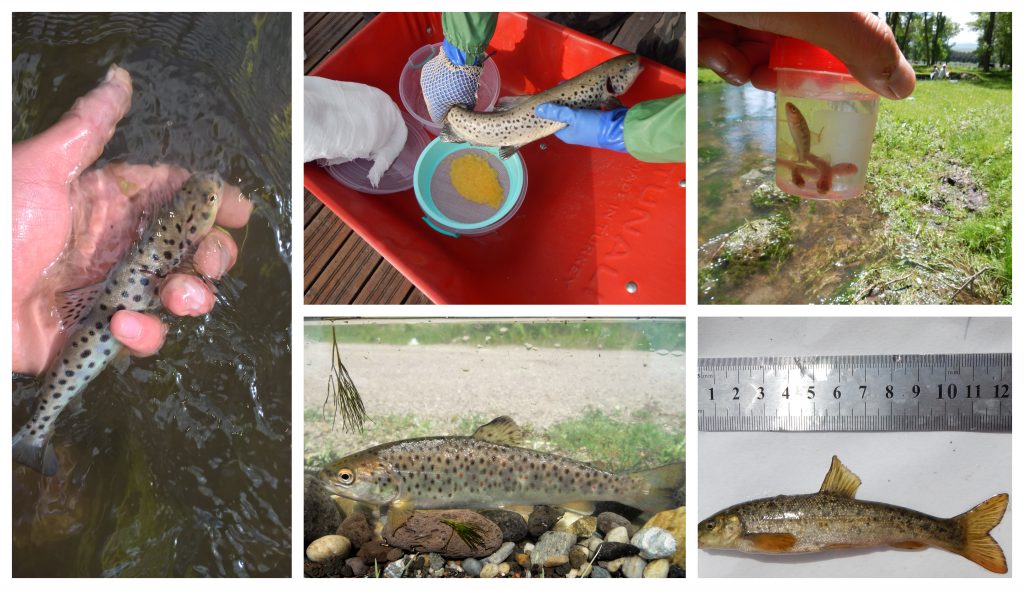
Laboratory of Ichthyology
In 1923, the establishment of the Sevan Hydrobiological Station also heralded the beginning of regular ichthyological research in Armenia.
RA’s only specialized laboratory in the field of ichthyology currently carries out scientific, educational and consulting activities. The species composition, taxonomy, biological characteristics and ecology of the fishes of the RA surface waters are studied. Fish stocks, habitat conditions and the impact of anthropogenic factors on fish life are assessed and mapped in different reservoirs. Methods for the conservation and reproduction of endemic and valuable fish species in the natural environment are being developed. A new direction is the assessment and mapping of ecosystem services.
Head of the lab: Nelli Barseghyan
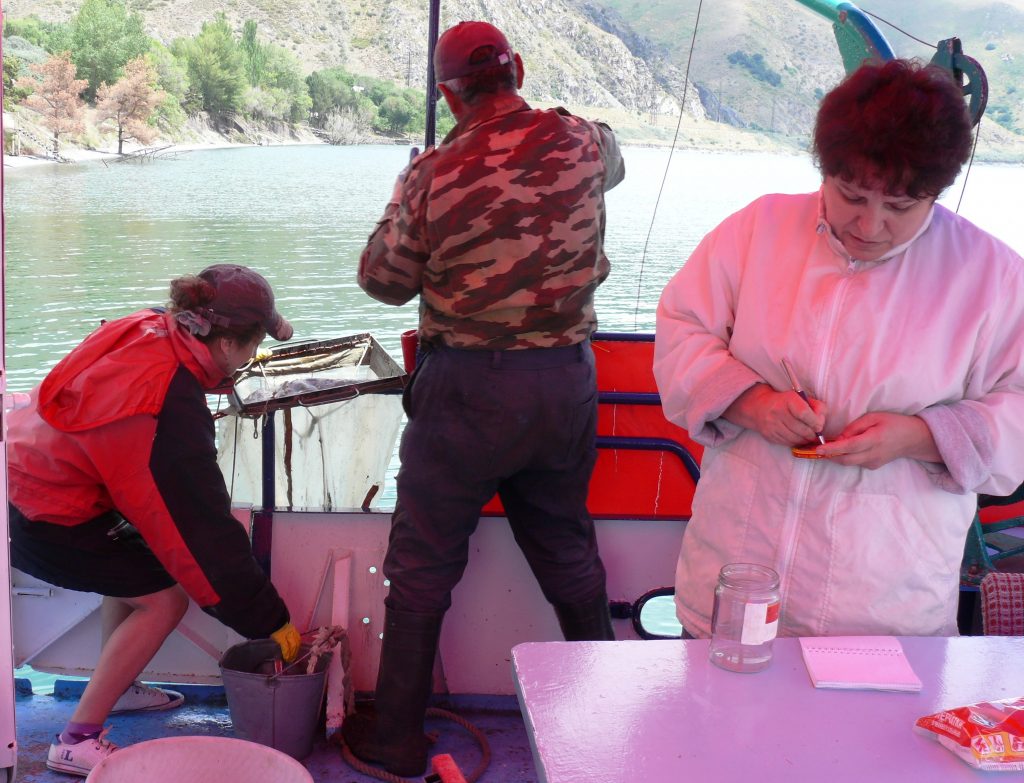
Hydrobiology
Regular hydrobiological studies in Armenia began in 1923 with the establishment of the Sevan Hydrobiological Station.
Currently, studies of species diversity, development patterns and nutritional relationships of microorganisms, aquatic protozoa, benthic invertebrates, including crawfish, and macrophytes of Lake Sevan and other reservoirs of the Republic of Armenia are being carried out in the laboratory of aquatic biology. The discovery of the ways of conservation and efficient use of the natural resources of Lake Sevan and the assessment of the impact of the catchment basin on the lake are especially important.
Head of the lab: Susanna Hakobyan
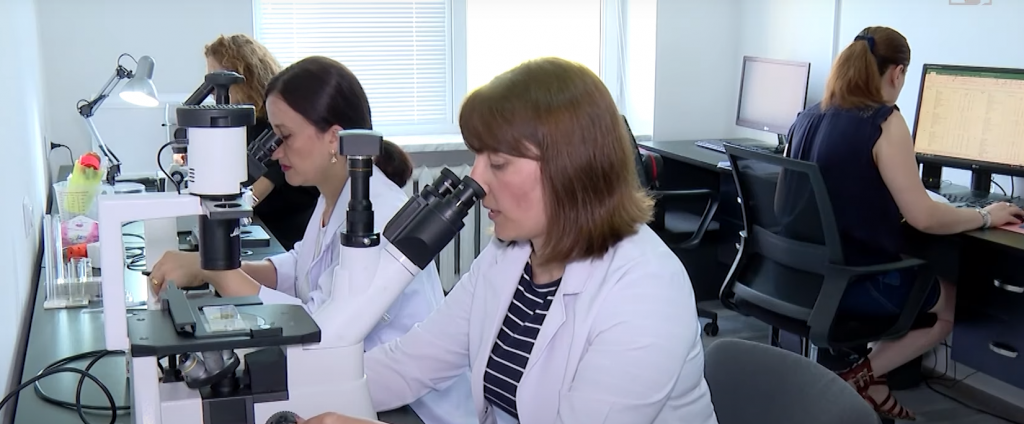
Laboratory of Applied Hydroecology
The laboratory was established on the basis of the Scientific Group of Applied Hydroecology in 2022. The core of the laboratory’s activities is complex studies of hydroecosystems’ abiotic and biotic components, biological, chemical and physical properties of bottom sediments in water bodies, and the development of knowledge-based models, methods and recommendations contributing to the solution of hydroecological problems. The scientific unit is also involved in the development of mechanisms applicable in the field of water management.
Head of the lab: Gor Gevorgyan
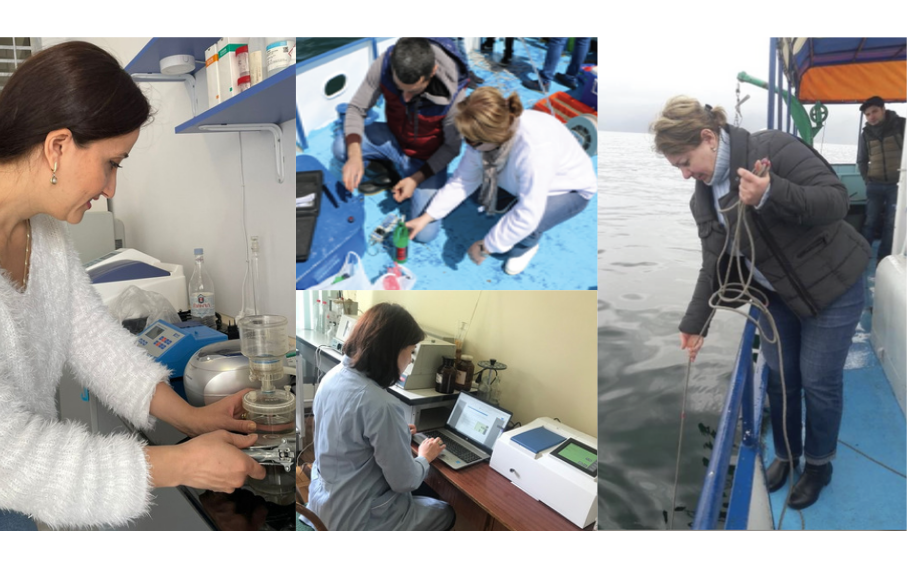
Hydroecology
The core of the studies of the hydroecology laboratory is the autotrophic chain of water bodies, the evaluation of the role of individual groups in the formation of the trophic status of the ecosystem and the determination of the factors influencing its development. Phytoplankton species composition, quantitative indicators and development features are studied. The laboratory is also engaged in the study of the “blooming” of cyanobacteria observed in Lake Sevan in recent years and the consequences of their toxic effect on other links of the food chain. On the basis of long-term data (since 1933) and modern monitoring studies, work is being done to create an ecological model of Lake Sevan. A new direction is the interdisciplinary study of the possibilities of in vitro biotechnological strains and the ecological characteristics of in situ microalgae and the creation of an ex situ collection of phytoplankton species of Lake Sevan.
Head of the lab: Lusine Hambaryan
